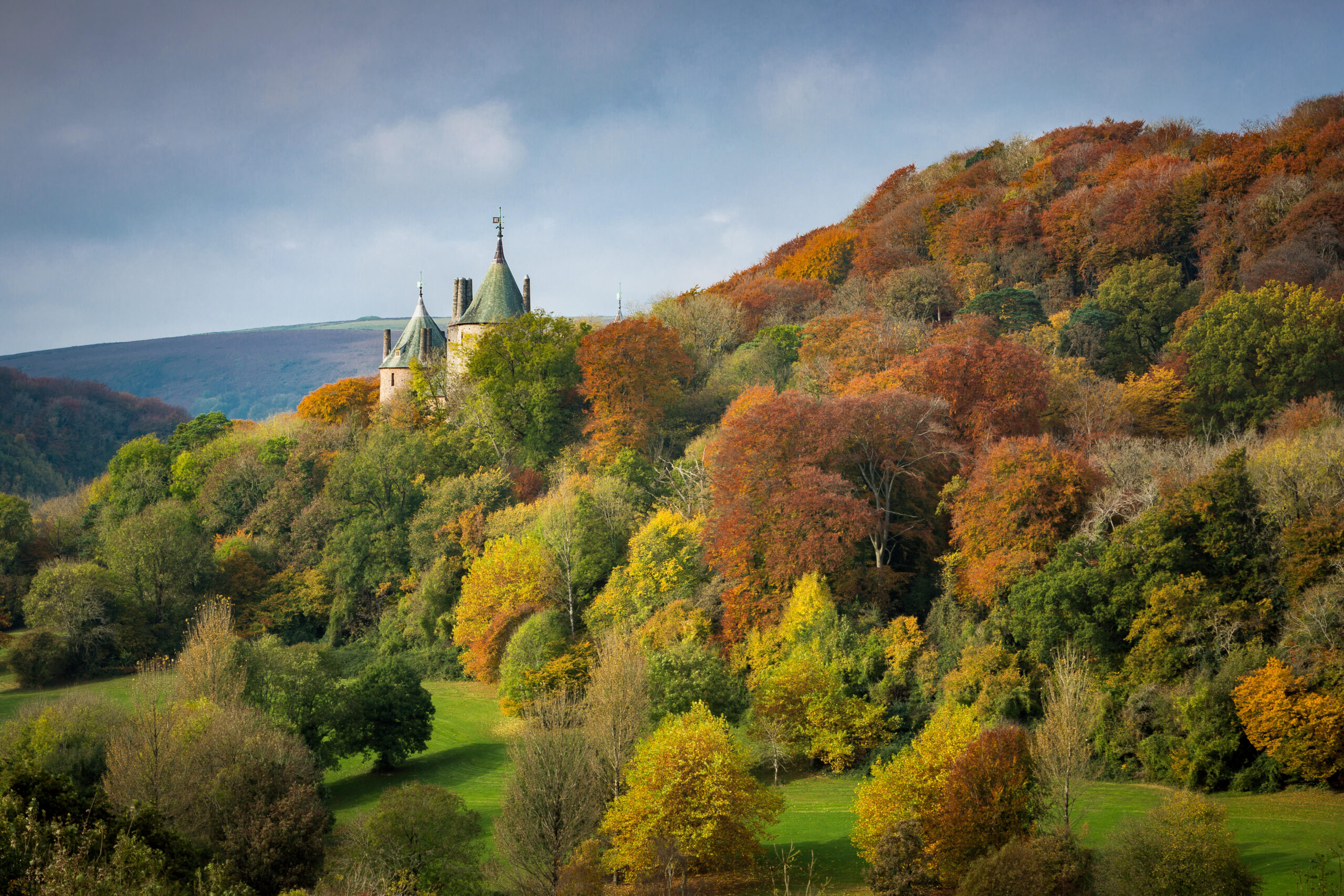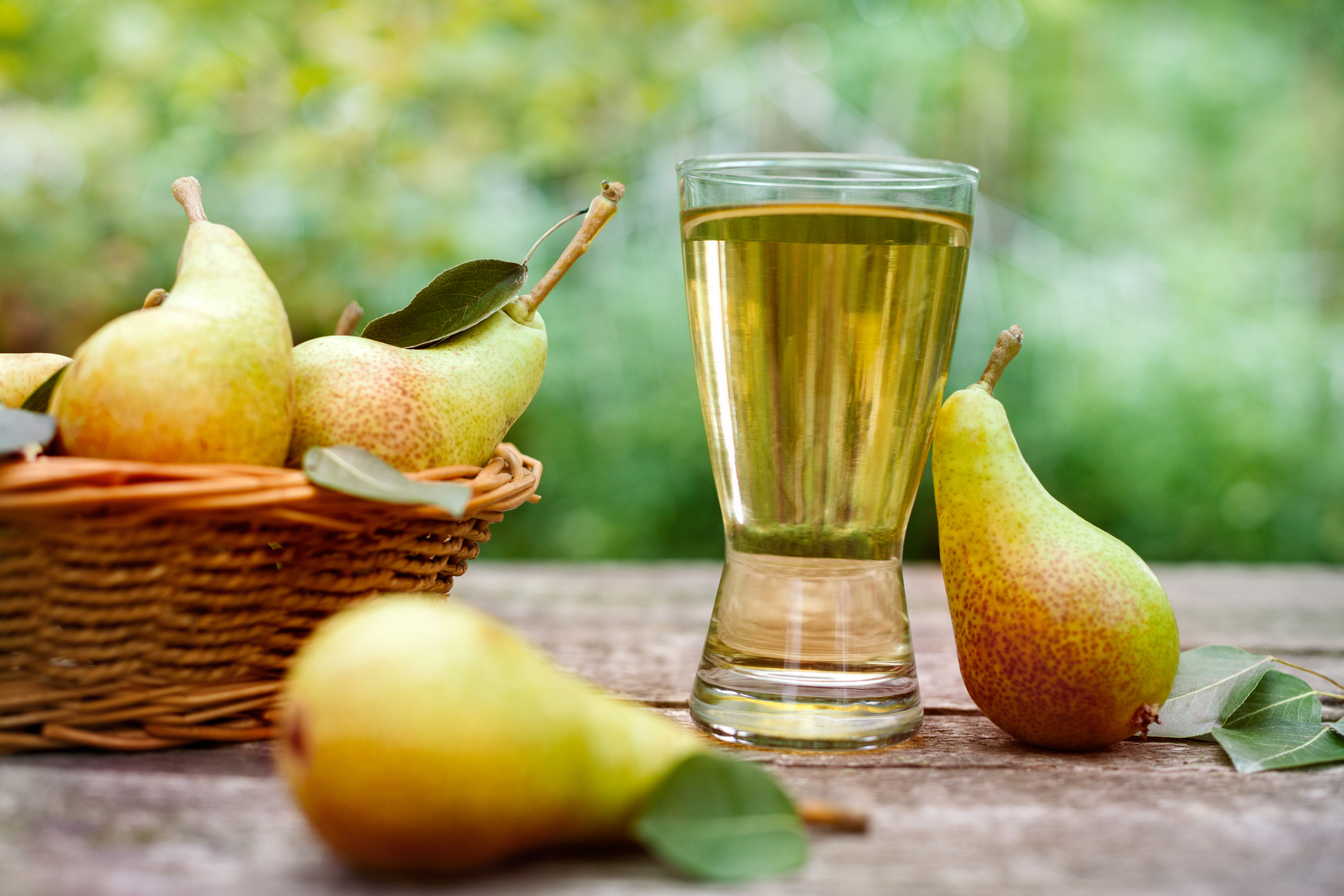Curious Questions: Wine has been made in Britain for over 1,000 years — so why have we only just turned it into an industry?
With the UK wine industry booming, Martin Fone takes a look at its history.


Eighty years ago, British wine was essentially unheard of. Today, that has changed in incredible fashion: there are now 3,928 hectares under vine and 943 vineyards across the United Kingdom producing 12.2 million bottles of wine in 2022, according to WineGB. While this is a boom time for British wines, it has been a long and frustrating process to get here — despite grapes having actually been grown on these shores for millennia.
Grapes were almost certainly first brought to Britain by the Romans, and by Saxon times the Isle of Ely was noted for its dense vine cultivations. The Domesday Book records forty-two vineyards, twelve of which were attached to monasteries. With the marriage of Eleanor of Aquitaine to Henry II in 1152 the vineyards of Bordeaux formed part of her dowry and their superior wines rather put the domestic produce into the shade. For the next three centuries English viticulture was mainly a monastic enterprise, which came to an abrupt end with the Reformation.
Aspirations for an English wine industry had not entirely withered on the vine, though. Among the pioneers were Lord Cecil, who, in 1610, asked the botanist John Tradescant to go to Flanders to select some suitable plants for a proposed vineyard at Hatfield House. 20,000 vines were planted the following year and the vineyard, which Samuel Pepys visited twice, in 1661 and 1667, was gradually extended.
The Royal gardener, John Rose, published The English Vineyard Vindicated (1666), in which he wrote about the growing, training, and pruning of vines, while during the following century Charles Hamilton introduced a number of varieties of grape, including Pinot Noir, to his estate at Painshill.
The uncertainties of the weather — including quite possibly the effects of the Little Ice Age, particularly in the 18th century — thwarted many of these efforts. And in Victorian Britain, and any prospects of a commercially viable industry were dealt an almost mortal blow when Lord Palmerston reduced the tax on imported wines by 83% in 1860. This led to an influx of foreign wines of a quality and at a price with which any English wines could not compete. Tastes had also changed with a preference for sweet, heavy, fortified wines which English vineyards could not produce.
Some still soldiered on, the Marquis of Bute planting three vineyards in Wales in 1887 including Castell Coch and Swanbridge in the Vale of Glamorgan. The demand for agricultural land to boost food production saw them ploughed up in 1916 and the revival came to a grinding halt once more.

It was only after the Second World War that English viticulture had another renaissance, thanks to the efforts of George Ordish and Ray Barrington Brock. Ordish noted the similarities in climate between Kent and the Champagne region, and believed that it should be possible to allow grapes to ripen. He conducted trials, the results of which were detailed in his influential book, Wine Growing in England (1953).
Exquisite houses, the beauty of Nature, and how to get the most from your life, straight to your inbox.
Brock, meanwhile, had established the Oxted Viticultural Research Station in 1946 and, after experimenting with over 600 types of table and wine grapes, identified which were suitable for the British climate, varieties which formed the backbone of the next wave of English vineyards.
Following a visit to Oxted, in 1952 Major-General Sir Guy Salisbury-Jones selected and planted the Seyval Blanc variety at Hambledon in Hampshire, the first vineyard explicitly created to produce wine on a commercial basis since Castle Coch. The first bottles were produced in 1954 exciting much press interest at the time. A second commercial vineyard was planted by Jack Ward at Heathfield in Sussex in 1955 where he grew Müller-Thurgau and other Germanic varieties.
Others were to follow and by 1964 English commercial wine production had hit the heady heights of 1,500 bottles per annum. Improvements in varieties, technological advances, and changes in the British climate have enabled Britain now to become the fastest developing wine region in the world with grapes, according to the Department for Environment Food and Rural Affairs, representing 36% of England’s soft fruit crop.
Grapes, though, were not grown solely to produce wine. Keen and adventurous gardeners would try their hand at growing dessert grapes, delicious when eaten as a fresh fruit and once a favoured, if unimaginative, gift for recuperating patients. They were just as problematic to grow, given the vagaries of the British climate, requiring sheltered and warm conditions. Initially, these were provided by conservatories, so called because they were designed the conserve the sun’s heat, but the expense of glass at the time meant that only the very rich could afford to construct them.
It was only in the mid-19th century, when improved glass-making techniques allowed for the production of large single sheets and the abolition of taxes on glass brought the price down, that stand-alone structures became affordable to the middle classes. As the glass used was tinted green, they were known as greenhouses. Even so, the permanence of the structure and the space required to house one meant that they were unlikely to appeal to all but the most committed gardener.
An alternative to a greenhouse can be found in the walled garden area at Trewidden Gardens near Penzance. At first glance it just looked like two lines of bricks with a slate lining set in a v-shape running parallel to each other. A notice nearby, though, reveals that it is the remains of a Curate’s Vinery or Ground Vinery, a ‘popular method of growing a single grape vine in a small area during the late Victorian and Edwardian era’. The Garden believes that theirs dates to the early 20th century and that it could possibly be the only surviving example left in the UK.
This method of growing vines was probably imported from continental Europe, William Speechley, in Treatise on the culture of the Vine (1790), attributing it to the Dutch. He wrote that they had ‘a method of forcing vines in the open ground, the shoots of which are trained in an horizontal position, about 18 inches from the ground. Over the vines, which are forced in the summer, they put frames as flat as those commonly made for melons’.
Some nurseries gave detailed instructions in their catalogues on how to construct something akin to a cold frame with a narrow opening running from end to end. One such was Read’s nursery who informed their clientele, possibly in the 1930s, that ‘the vinery should be about 7 feet long, 3 feet wide, and 2 feet high at the centre. The ends should be boarded with the top 4 inches left open for ventilation. The site should be well drained and sunny, and the vinery should stand NE/SW with the south facing side hinged to fully open’.
‘Having marked out the site, lay 2 rows 18 inch square paving slabs bedded on sharp sand. On the slabs place 2 rows of bricks lengthwise, leaving half a brick space between each for ventilation. The vine should be planted outside one end in a well prepared bed. The vine rod lies along the centre of the slabs grown as a single cordon. The bunches lie on straw on the slabs which, being heated by the sun, ripen early’.
The structures were intended to be temporary and disposable which explains why examples are so rare. And why a curate’s vinery? A curate was at the bottom of the ecclesiastical ladder and notoriously as poor as a church mouse. The theory goes that this form of vinery was so cheap and cheerful that even a curate could afford one.
The notice at Trewidden expresses their intention to attempt the restoration of one of these at a later date. Whatever happens, those unprepossessing rows of bricks offer a curious insight into the struggle that our forefathers had to grow grapes in this country.

Perry: The pear cider dubbed 'the English champagne' that's been an English passion for centuries
Not to be confused with cider, the art of perry-making is more than a craft — it’s an English passion.

English Bacchus: How the 'English Sauvigon Blanc' is genuinely starting to live up to its billing
The winemakers of England and Wales have worked wonders with the incredible grape crop from the hot summer of 2018,

‘Tempt you with a glass of Sussex?’ English bubbly wins protected name status
Sussex sparkling wines have cemented protected name status, putting themselves up there with champagne, Cornish clotted cream... and of course
After graduating in Classics from Trinity College Cambridge and a 38 year career in the financial services sector in the City of London, Martin Fone started blogging and writing on a freelance basis as he slipped into retirement. He has developed a fearless passion for investigating the quirks and oddities of life and discovering the answers to questions most of us never even think to ask. A voracious reader, a keen but distinctly amateur gardener, and a gin enthusiast, Martin lives with his wife in Surrey. He has written five books, the latest of which is More Curious Questions.
